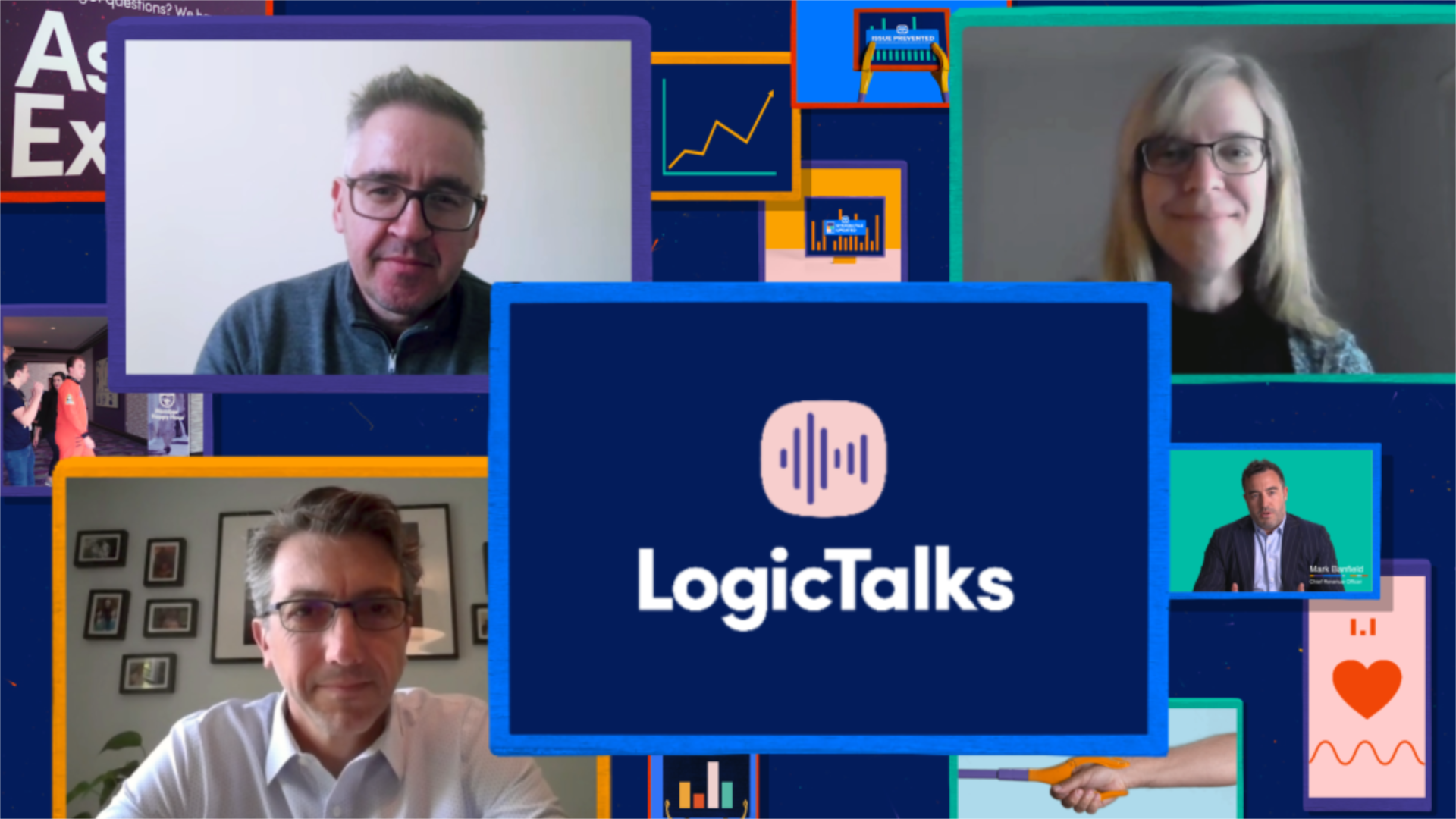In this mash-up of previously recorded LogicTalks hear how LogicMonitor meets the moment and needs of our clients. Whether you’re migrating to the cloud, looking to reduce the sprawl of monitoring tools, expedite onboarding of new endpoints, or wanting to leverage AIOps features like dynamic thresholds and predictive forecasting, learn how LogicMonitor looks to partner with our clients to drive digital transformation and give you visibility into every corner of your diverse infrastructure.
Video Transcript
Nancy Gohring – If you’re in a more modern environment, you’ve embraced cloud-native technologies, you’re gonna need a monitoring tool that can offer you good visibility into those technologies.
Justin Cawood – I mean, we’re seeing a massive migration to the cloud. There was hesitation a few years ago, as you know. There were all kinds of barriers to security, and people were nervous about it, and they were only putting their non-prod stuff into the cloud. Now, we’re seeing the opposite. The LogicMonitor stuff we’re doing makes that transparent. It doesn’t matter where the customer is, on-prem or in the cloud, whether it be in Azure, in AWS, wherever they are, it makes no difference, right?
Nancy Gohring – I think, as people try to solve monitoring problems, they tend to just throw more tools at it, and that begins to create new problems.
Ant Molloy – Aurora’s platform is now fully monitored by LogicMonitor. Yeah, the amount of monitoring software that’s out there, and within an organization, there’s usually four, five, six different tools, but there isn’t a consistent way of seeing that. So a customer’s spending two weeks’ time getting the tools working.
Justin Cawood – We’re now able to operate in a consolidated fashion. So our integrations that we build and all the developments that we do are now leveraged globally because we start with that common monitoring tool, sharing learnings, sharing standards. So the benefit that we’re getting from the consolidated effort on one tool is huge, not to mention the savings in infrastructure.
Ant Molloy – But pretty much each of our customers have got different usage. I don’t really distinguish between a cloud environment or an on-premise environment. I just see those as devices, and we’re looking at the health of those devices. And if something goes wrong, we’re just using a consistent way to manage it. A single pane of glass, it’s all about service time, it’s all about service performance. And the fact that we can bring that together into one is great for us ’cause we literally don’t want any more tools.
Justin Cawood – We can turn on the monitoring from our CMDB from the customer record without having to go back and forth between tools. So that ability, that LogicMonitor has given us access to do that, is huge. And then the discovery, the fast discovery for onboarding is also significant. Tasks that would take us a few weeks to do in the past can be done within minutes.
Nancy Gohring – The market is really pursuing these digital transformation strategies because they recognize that when the world has sort of shifted away from a physical environment that can drive revenue to a digital world, those investments are really necessary. It’s what you gotta do to continue to drive revenue.
Justin Cawood – Not only has it been great technology, but you guys have proven to be a really, really great partner. And I know it’s gonna sound I was almost paid to say that because I’m pretty quite passionate about this, but seriously, the relief when we had questions or needed help… Even now, with the AIOps stuff, there’s never been a question of, I’m sorry, that’s the way it works, go read the document, or anything like that. It’s always been a case of, hey, we hear you, we’ll work with you, and let’s figure this out. And it’s been amazing just to see the level of partnership that you guys have brought to the table. It really feels like a partnership as opposed to a vendor relationship.

